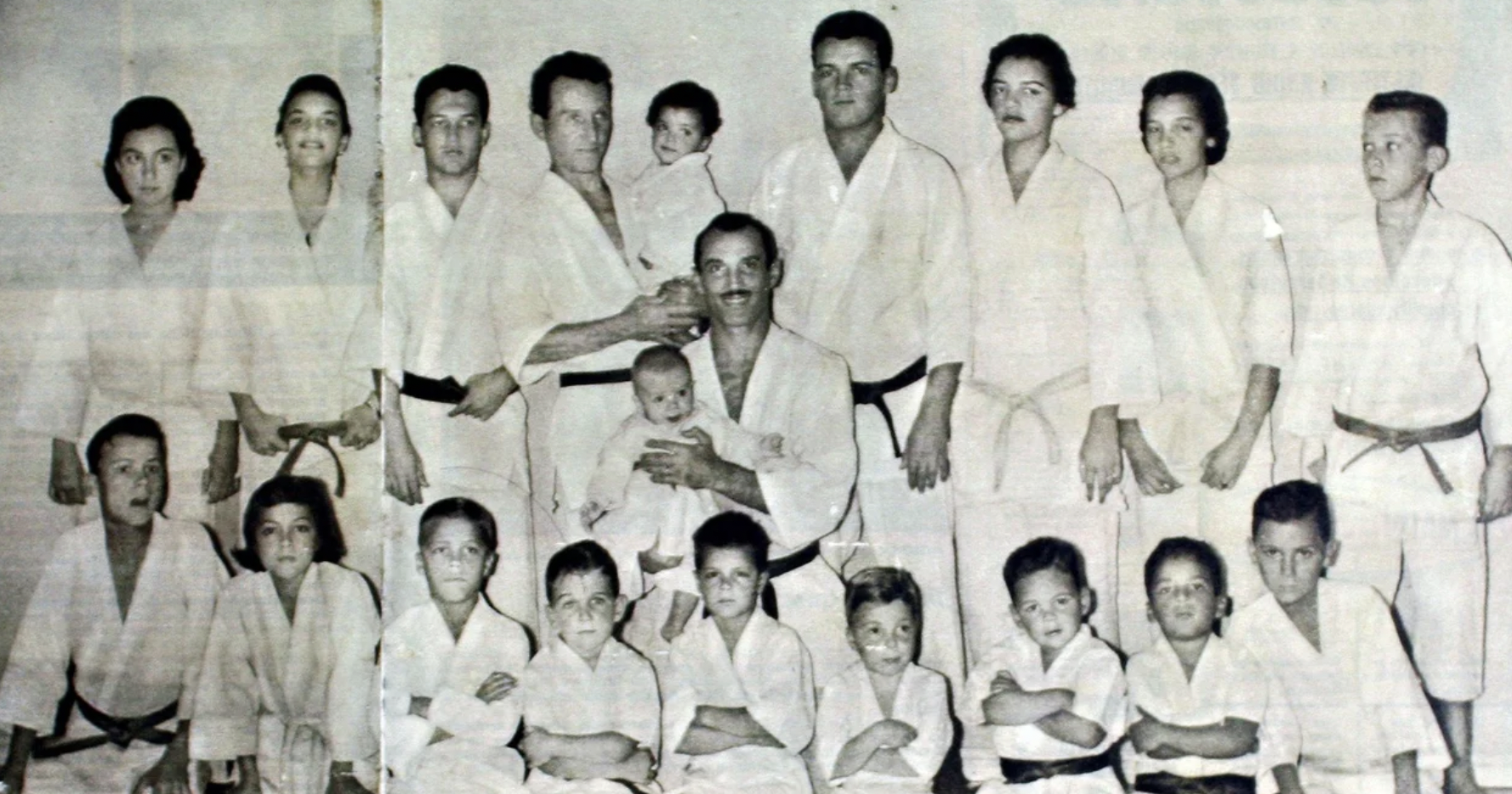
History of The Gentle Art
At Jitsology 101, my mission is to equip you with a deep understanding of Brazilian Jiu-Jitsu (BJJ), not only in terms of technique but also its history and evolution.
BJJ has its roots in Japanese martial arts, specifically Judo and Japanese Jiu-Jitsu. In Japanese, "Ju" means "gentle," and "jutsu" means "art," collectively forming the name "The Gentle Art." Traditional Japanese Jiu-Jitsu, founded in the 1530s, was practiced by samurais during feudal Japan, encompassing both grappling and striking techniques.
From Japanese Jiu-Jitsu, various martial arts emerged, including Judo, founded by Jigoro Kano in 1882. Judo emphasized live sparring, throws, takedowns, joint locks, and chokes.
In 1914, Mitsuyo Maeda, a top student of Kano, introduced Judo to Brazil, where he met Gastão Gracie, a local businessman. Gastão's sons, Carlos and Hélio Gracie, became Maeda's students and adapted Judo techniques to their smaller statures. These adaptations formed the foundation of what we know as BJJ today.
As time passed, Carlos and Hélio Gracie's confidence in BJJ's effectiveness grew. They aimed to create a clan of fighters, and between 1932 and 1967, they fathered 30 children, 21 of whom were boys. The Gracie family challenged others to "vale tudo" matches, full-contact fights with minimal rules, to test their martial art's effectiveness. They rarely lost.
In 1993, Royce Gracie, representing the Gracie family, participated in the first Ultimate Fighting Championship (UFC) event, showcasing BJJ's effectiveness. Royce won all three matches, each by submission, against larger opponents, demonstrating that technique could overcome size and strength.
Royce's success popularized BJJ worldwide, with many practitioners opening academies and spreading the art globally. While BJJ originated as a full combat system, it's primarily practiced as a grappling art today. Practitioners can choose to compete or focus solely on self-improvement, diving into the vast world of BJJ techniques, with various competition opportunities available for those interested.
This rich history and evolution of BJJ exemplify its transformation from a practical combat system to a widely practiced martial art known for its technical depth and effectiveness.
